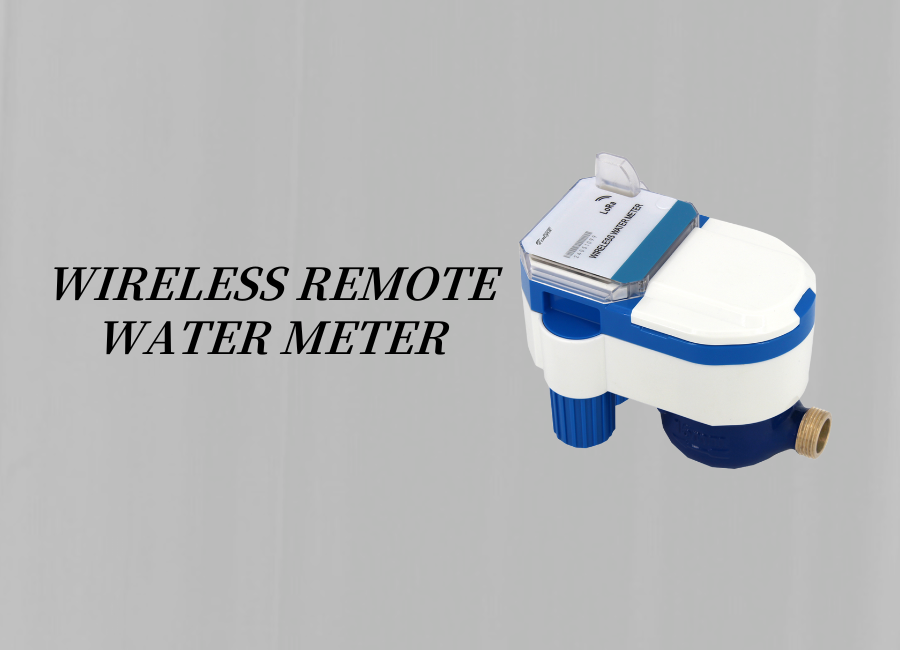Wireless remote water meters, with their convenient remote reading, real-time monitoring, and data transmission capabilities, are playing an increasingly important role in modern intelligent water management.
This article will delve into the key points of communication location selection for wireless remote water meters and provide practical guidance to help you optimize the installation plan, ensuring stable and reliable operation of the water meter.
Before discussing the specific location selection, it is necessary to understand the basic principles of wireless communication. Wireless remote water meters typically use the following communication methods:
NB-IoT: A low-power wide-area network technology suitable for long-distance, low-data-volume transmission.
LoRa/LoRAWAN: A wireless modulation and demodulation technology based on spread spectrum technology, with long-distance transmission and anti-interference capabilities.
Zigbee/WiFi: Short-range wireless communication technologies suitable for data transmission within a local area.
Choosing a suitable communication location is crucial for ensuring the stable communication of wireless remote water meters. The following factors need to be considered:
- Wireless remote water meters are usually installed in places with weak signals, such as outdoors or in basements. You can conduct on-site surveys in advance to select the best communication technology and network operators to ensure signal coverage in the installation area.
- Signal stability issues under different environmental conditions, such as bad weather, underground pipelines, and densely built areas. High-gain antennas and signal amplifiers can be used to improve the receiving ability of the equipment in weak signal environments.
- Selecting a network operator with high coverage, good service quality, and strong technical support can ensure timely transmission of water consumption data of wireless remote water meters.
Choosing a suitable communication location is the key to ensuring the stable and reliable operation of wireless remote water meters.

